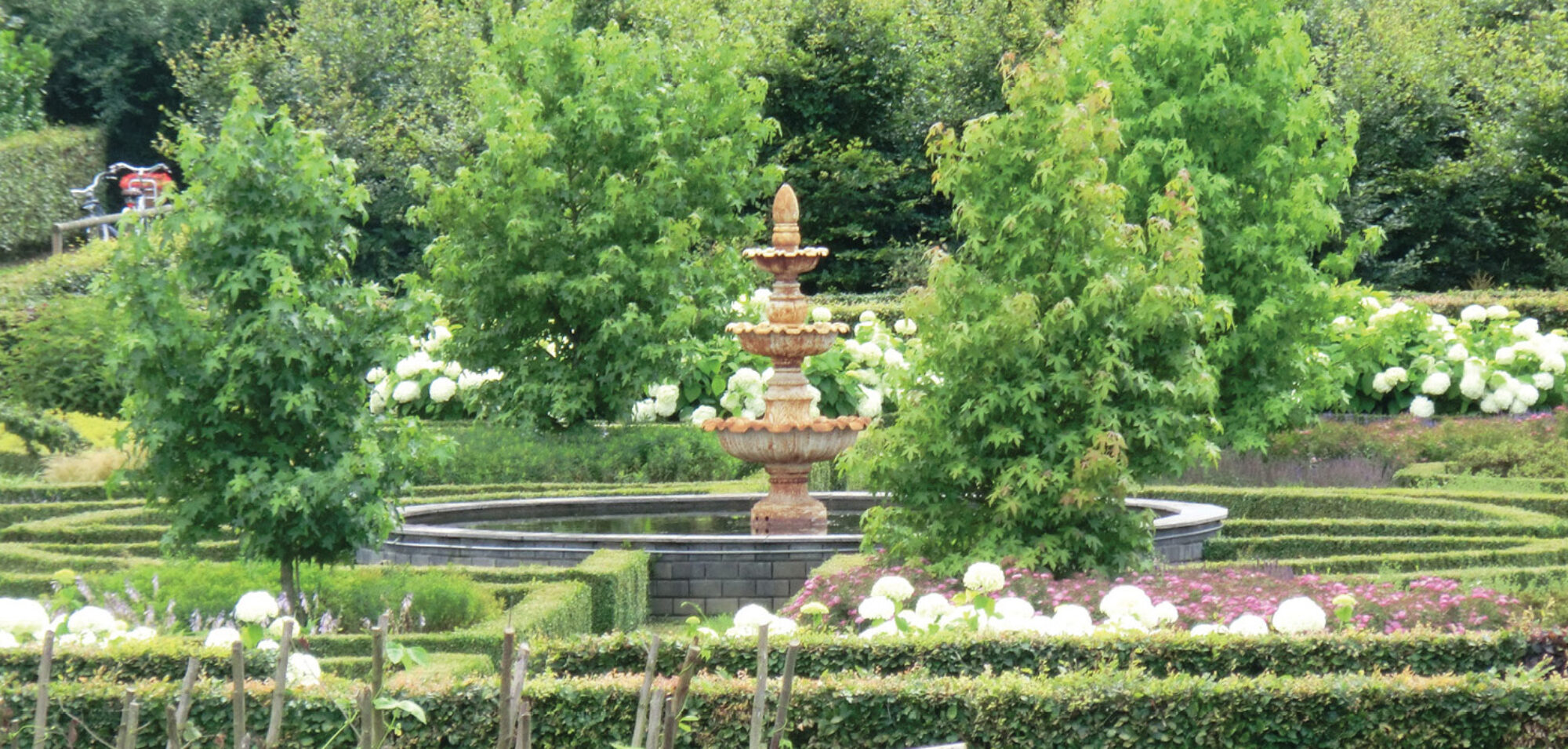Blending nature’s ability to heal the mind with the duty of a legal mind, so often caught between the interplay of the heart and the mind for want of inspiration, grinding out templates and forms of unoriginal thought, this article demonstrates how the estate of ‘De Roode Vennen’ offers both the inspiration from which legal writing may draw and methodology so that a legal mind can garner such inspiration.
To legally write well, you must walk and cycle too. While at the estate of ‘De Roode Vennen’, there are countless opportunities to cycle or walk. The meditative effects of cycling or walking in nature are well documented. It is important to arrest cognition, in order to achieve thought. When you cycle or walk without stress or strain, your brain is able to think and ‘when you cycle or walk, your brain does not necessarily distinguish between emotional and cognitive processing. Instead, both aspects are combined in a single thought’. Deep thought is essential in academic legal writing.
With the ability to walk and cycle to the point of distraction, from either daily events, work, leisure or study, you will gain the observational insight of a paralegal. While cycling or walking you will see insects, birds, plants and landscape features, as well as, hear sounds of movement, thought, singing and other indicators of life that your brain must process. You will consider how best to go up a hill, avoid falling over fallen trees, step quietly or carefully through long grass or reeds.
As you cycle or walk, you become conscious of your surroundings so that as you think about your studies, speaking, writing, arguments, you will see the effect of your thought, if you negatively consider something that you hear, vibrations and movements seem to bounce off leaves and grass, you experience that thought as a sensation; an jest of distraction. In this way you learn that ‘concentration’ is really a ‘mind trick’ that allows you to depend on your senses to witness the relationship between thought and the world without. To write about law, you must first consider thought as a sensation.
It is only when you witness the sensation of your thoughts, that you learn to be careful of what you think. Only then can you combine words, phrases and ideas, for the short term, long term, positive and negative. You learn to rank the history of an idea, concept or pattern of thought as part of a stream and, ultimately, a logical position, current position and future position, within a singular framework. In legal writing, the past, present and future all interplay with ‘logic’ and ‘the law’ (as applied to the current matter).
In ‘De Roode Vennen’, every cycling and walking path offers an opportunity to see the world and think carefully and thoroughly on any subject. As a final example, you may cycle or walk along a moat of green grass or reed, and consider how best to place a set square on a paper to create a rectangle, demonstrating a spatial understanding of geometric principles like ‘length’, ‘width’, ‘height’ etc. When you take your geometric-thinking home, you not only use word processors, but you will now understand the angle of the page and its position on the table; whether the page is horizontal or vertical. All of these conditions impact the scientific organization and presentation of legal writing.
With your understanding of geometry (or any other featured subject), you will ask about positioning matters in a court bundle or on a page in a Word application. This ability to combine ‘thought’ and ‘sensory observation’ by the process of cycling/walking, ‘seeing’, ‘thinking’ and ‘processing’ actively armed you as a paralegal/writer to do specific legal tasks; to cycle, walk, sing, verse and rhyme your way from task to task along a path of thought.
For more information on the importance of writing skills in the legal profession, you can visit Wikipedia’s Law page.

